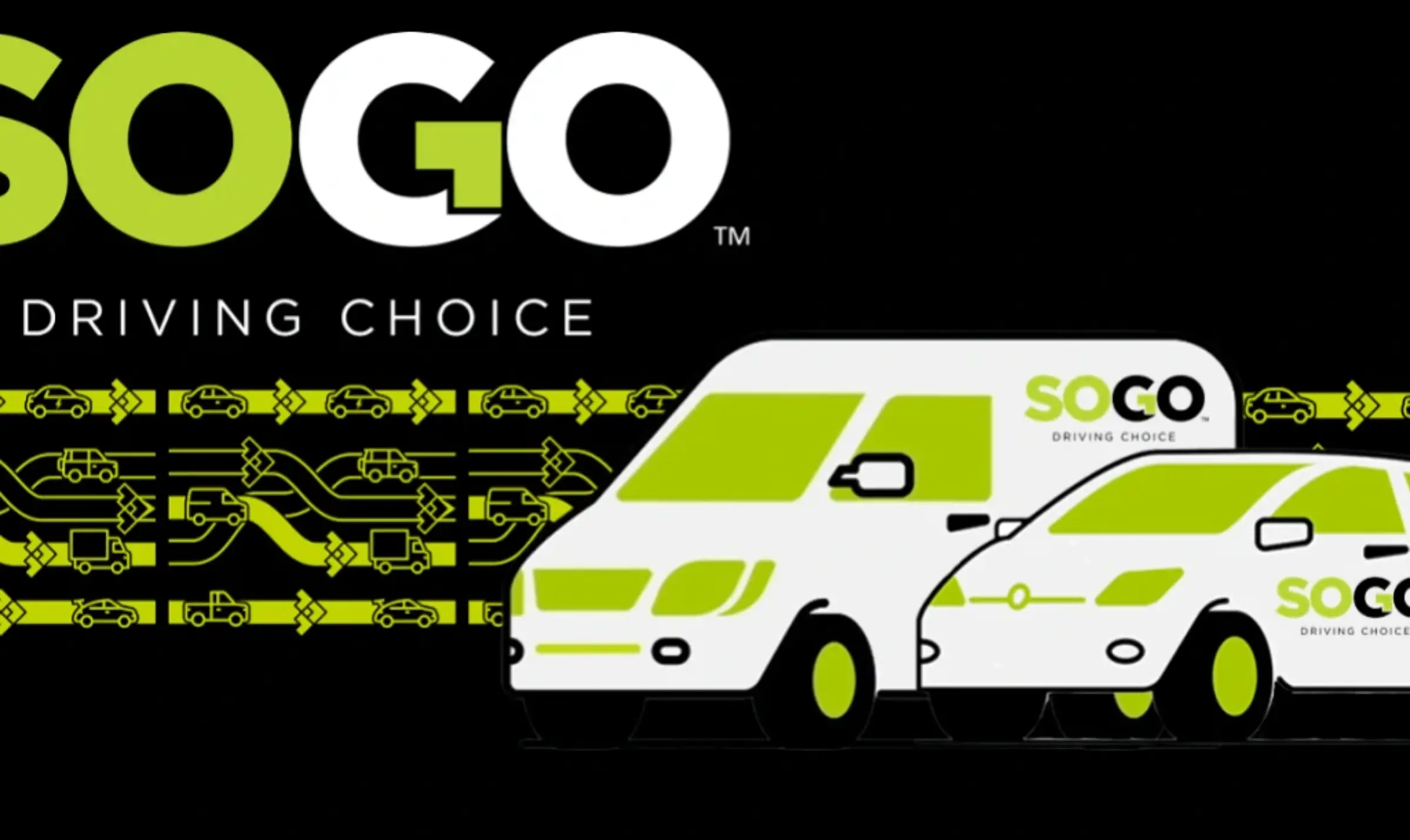Planning to replace a diesel or petrol van on fleet with an electric one? Make sure you know the answers to these questions first.
1.Can drivers charge at home?
f your drivers take their van home at night and have off-road parking, then switching them to an electric vehicle (EV) will be cheaper and easier than if they are reliant on the public charging network.
You'll need to consider the cost of fitting a home charger, the tax implications (it's usually considered a tax-deductible business expense) and how to reimburse drivers for the cost of electricity.
The current advisory electricity rate (AER) rate set by the Government is 10p per mile and is reviewed each quarter, but you can also use the actual cost.
2. Can you install workplace/depot chargers?
If you have a back-to-base operation, then it's logical to install EV charging points at your depot or office.
The Government's workplace charging scheme and electric vehicle infrastructure grant for staff and fleets can help fund the upfront costs of the purchase and installation of charge points.
You need to consider the type of chargers, how long the electric van will take to charge, what electricity capacity you have, and what capacity you may need in the future as you transition more vans to EVs.
If you don't have enough capacity, it is becoming more affordable to upgrade as new rules from energy regulator Ofgem mean that distribution network operators (DNOs) now share reinforcement costs in most cases.
Speak to your electricity provider about 'smart charging' options (usually charging off-peak but returning electricity stored in the vehicle back to the grid may be an option).
You might also want to consider fitting solar panels, which could prove the most cost-effective option in the long run.
3. What are your public charging options?
Van drivers who are frequently on the move rather than parked up at a location for a long period of time are likely to use public rapid chargers.
Plot their journeys against the location of chargers and see if it's worth signing up for a network operator's card, which will give a discount on the cost of charging.
There is usually a monthly fee to pay, but if a driver is frequently using rapid chargers, this should be worthwhile.
Not all vans can support fast charging, so make sure you check the van's capability.
Also, bear in mind that parking spaces at charging points may not be suitable for larger vans or the charging cable may not be the right length.
Look for so-called charging hubs, often provided by BP Pulse or Gridserve, which have multiple rapid chargers and should have suitable bays.
4. How will you educate drivers?
Showing drivers how to charge an electric van and get the most range by adapting their driving style rather than just handing them the keys will make the switch to EV smoother.
You could ask your leasing provider, van dealer or a dedicated training provider to support with this.
You could also provide guidance in a driver handbook or on your intranet.
5. What will you do with the data?
Telematics combined with reporting from a dedicated EV charging/fuel card provider can give you a wealth of data, but that becomes meaningless if you don't act on it.
Suppliers should work with you to identify trends, such as the drivers who have below-average miles per kilowatt-hour (kWh), which might indicate they need extra coaching or may mean you need to consider whether that particular vehicle is right for your fleet.
